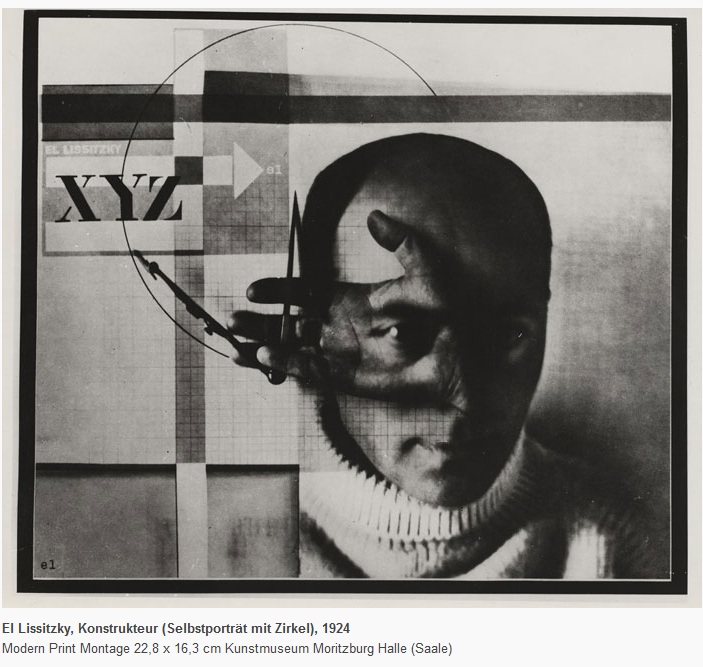
“How Lynn Hershman Leeson Foretold the Challenges of Our Digital Age”

**Lynn Hershman Leeson: A Trailblazer in Art and Technology at the Julia Stoschek Foundation**
In an era where digital technology continues to permeate every facet of human existence, Lynn Hershman Leeson’s art serves as both a celebration and a critique. Her ongoing exhibition, *Are Our Eyes Targets?* at the Julia Stoschek Foundation in Düsseldorf, Germany, is a powerful exploration of the intersections between technology, surveillance, and humanity. Featuring decades of groundbreaking work, including video installations, photography, and mixed media, this survey—a first of its kind in Germany—chronicles Hershman Leeson’s lifelong journey to lay bare the complexities of the digital age.
### **The Pioneer of Video and Digital Art**
As both a feminist artist and a technological visionary, Hershman Leeson emerged in the 1960s as one of the earliest adopters of video art. For decades, she has used video not merely as a recording tool but as a medium for self-inquiry, storytelling, and critique of societal norms. Her work interrogates how emerging technologies alter human identity, ethics, and autonomy.
At the heart of her exhibition, *The Electronic Diaries of Lynn Hershman Leeson 1984–2019* invites viewers into an intimate conversation. This six-channel video installation spans 35 years, documenting the artist’s deeply personal reflections on trauma, relationships, physical illness, and healing. The diaries are more than just personal testimonials; they are poignant artifacts that probe the intricacies of memory, identity, and the digital gaze.
The method of storytelling itself is remarkably evocative. Transparent glass partitions between the screens layer the images, creating an almost hallucinatory effect. This deliberate technique draws viewers into the artist’s fractured yet deeply connected experiences. Hershman Leeson’s whispered confessions, expressionistic film snippets, and deliberate gazes invoke a feeling of raw vulnerability, lending incredible depth to this autobiographical project.
### **Exploring Surveillance and Technology’s Double-Edged Sword**
Hershman Leeson’s work has always anticipated the societal consequences of technological advancement. A hallmark piece, *CybeRoberta* (1996), examines themes of surveillance, making viewers complicit in a world where boundaries between humanity and machine blur. The piece involves an innocuous-looking doll embedded with a digital “eye” that streams live footage and allows gallery visitors to look at themselves. Fascinating yet unnerving, the piece encapsulates Hershman Leeson’s concern about an escalating surveillance culture.
Her foresight becomes even more chilling in *Shadow Stalker* (2018–2021), a video work that critiques predictive policing software. The short film portrays the experiences of a Black revolutionary facing the racialized consequences of technology in law enforcement. With urgency and precision, Hershman Leeson highlights how algorithms, designed by humans but often treated as objective, perpetuate discriminatory systems. This work resonates in larger discussions about the ethics of artificial intelligence and its use in policing.
Hershman Leeson’s early works, too, reveal astonishing prescience about the dangers of technology. In *Seduction of Cyborg* (1994), she depicts a young woman consumed—quite literally—by her computer screen, foreshadowing today’s concerns over technological addiction, disconnection, and dependency. Pieces like these amplify her critiques of the seductive yet dehumanizing potential of digital tools.
### **Art as a Space for Healing and Resistance**
Beyond critiquing technology, Hershman Leeson’s art often delves into deeply vulnerable spaces of self-healing and recovery. In her *Electronic Diaries*, moments of despair are juxtaposed with uplifting milestones, such as the birth of her daughter and the beginnings of a new marriage. These elements reflect Hershman Leeson’s ability to use art as a therapeutic outlet and as a platform for confronting societal taboos.
The show also reveals her broader ambitions. Hershman Leeson moves beyond the personal to connect with scientific communities, exploring themes of biotechnology and humanity’s potential to merge with machines. In the later segment of *The Electronic Diaries*, she encodes parts of her personal archive onto DNA. While this innovation is groundbreaking, the act is tinged with ambivalence—its invasiveness emblematic of modern anxieties about privacy and control.
### **The Politics of the Digital Gaze**
The exhibition title, *Are Our Eyes Targets?*, asks a critical question. Our eyes, metaphorically considered the windows to the soul, have become tools for surveillance and control in the digital age. Hershman Leeson reminds us that cameras are not passive observers; they are active participants in shaping what they document. In her work, she challenges the notion that the proliferation of digital images is benign, emphasizing instead that such technologies carry ethical and political implications.
Perhaps one of the most interactive pieces, *Paranoid* (1968–2022), offers visitors a comically unnerving confrontation. A wig adorned with butterfly pins h